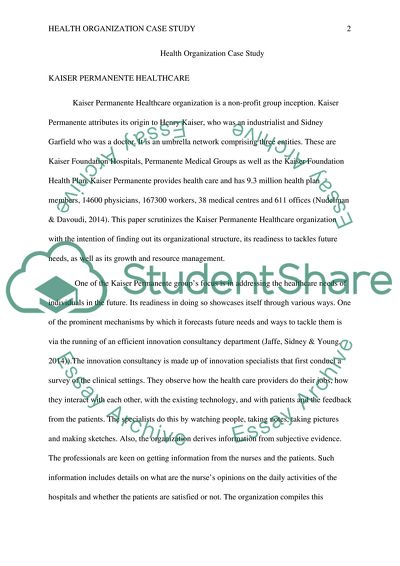Cite this document
(Health Organization Case Study Essay Example | Topics and Well Written Essays - 1000 words - 3, n.d.)
Health Organization Case Study Essay Example | Topics and Well Written Essays - 1000 words - 3. https://studentshare.org/medical-science/1867195-kaiser-permanente-healthcare-organization
Health Organization Case Study Essay Example | Topics and Well Written Essays - 1000 words - 3. https://studentshare.org/medical-science/1867195-kaiser-permanente-healthcare-organization
(Health Organization Case Study Essay Example | Topics and Well Written Essays - 1000 Words - 3)
Health Organization Case Study Essay Example | Topics and Well Written Essays - 1000 Words - 3. https://studentshare.org/medical-science/1867195-kaiser-permanente-healthcare-organization.
Health Organization Case Study Essay Example | Topics and Well Written Essays - 1000 Words - 3. https://studentshare.org/medical-science/1867195-kaiser-permanente-healthcare-organization.
“Health Organization Case Study Essay Example | Topics and Well Written Essays - 1000 Words - 3”. https://studentshare.org/medical-science/1867195-kaiser-permanente-healthcare-organization.


